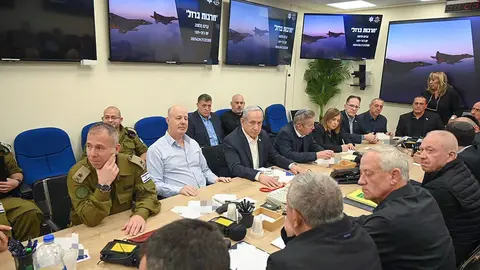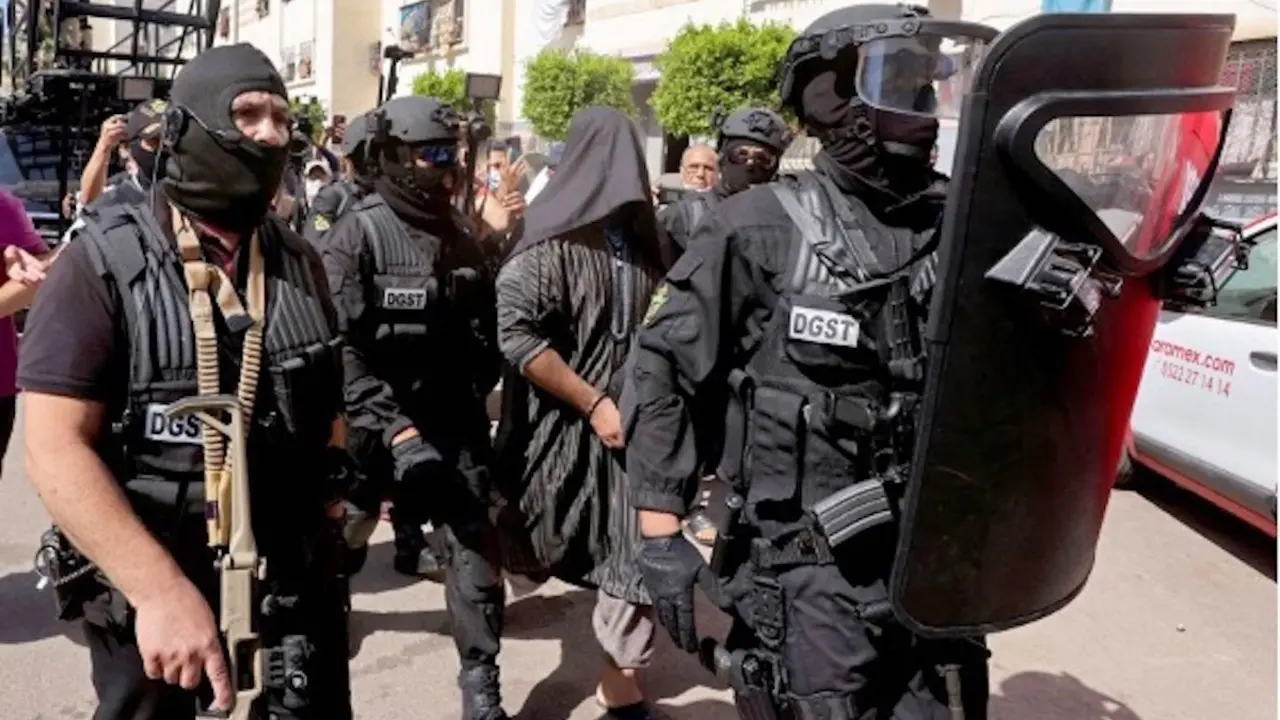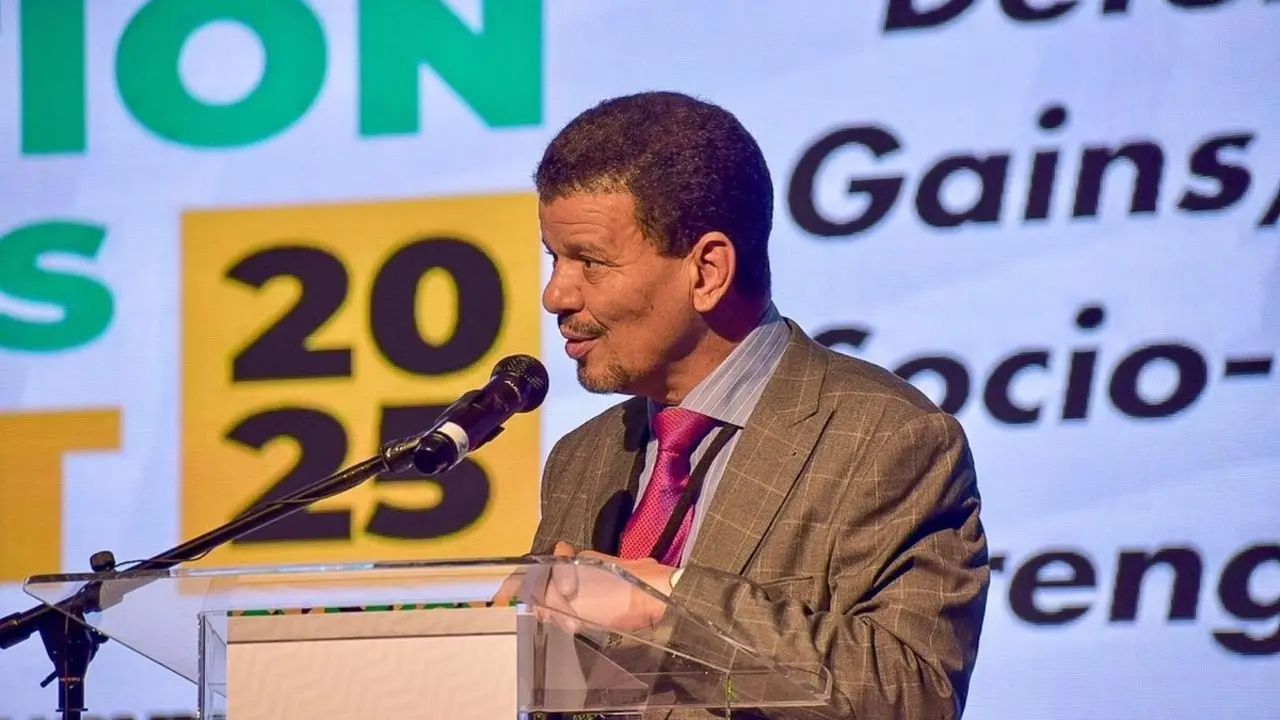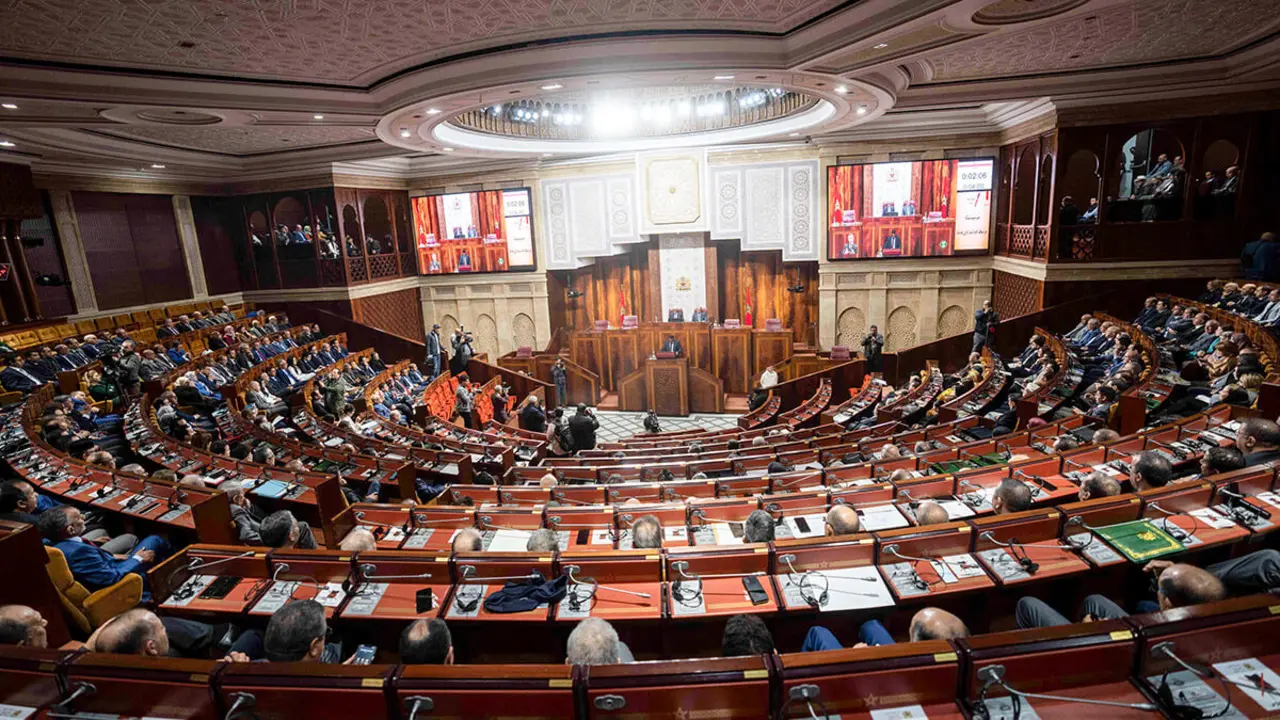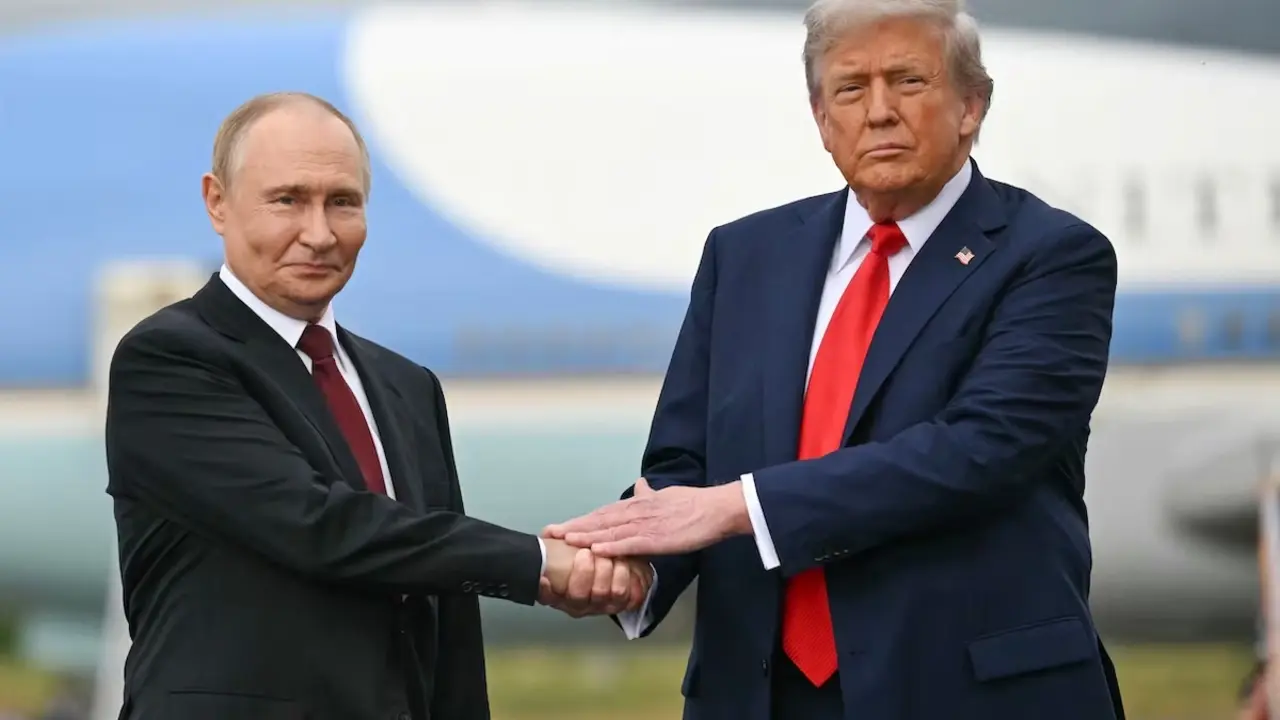Israel responds and attacks Iran
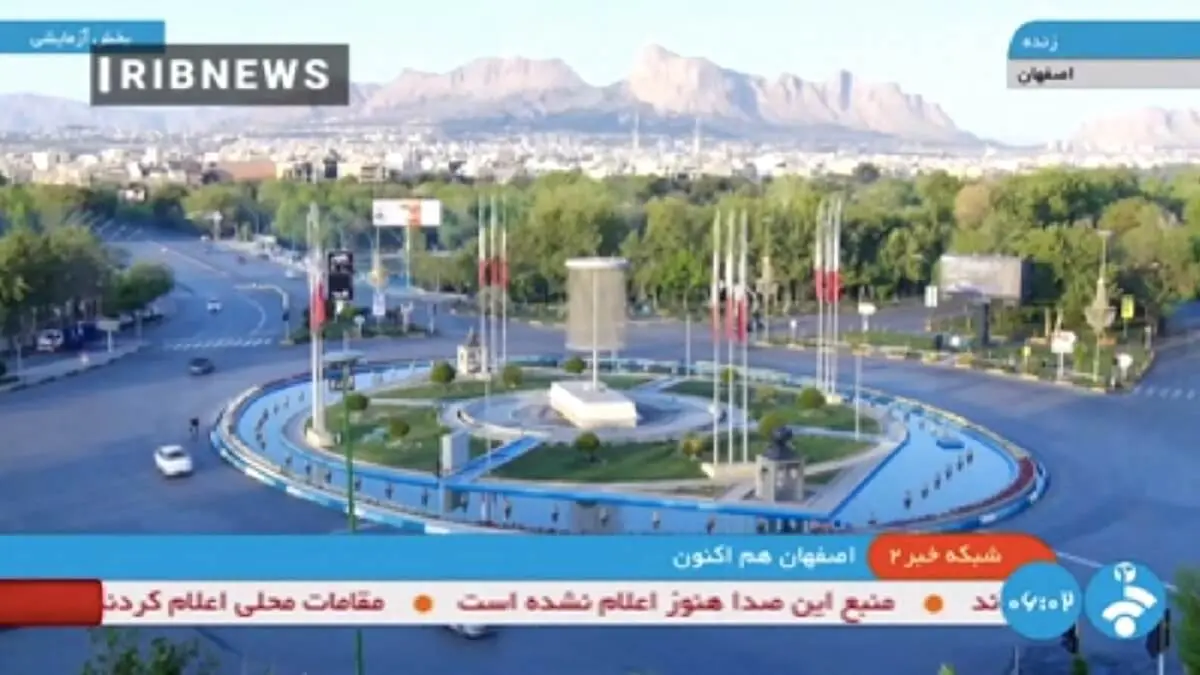
Israel finally responded to the Islamic Republic of Iran. An Israeli missile and several drones hit the Iranian area in response to the recent ballistic missile and drone offensive launched by the ayatollahs' regime against Israeli territory, according to senior US officials.
Israel attacked several Iranian cities and an Iranian military air base in the city of Isfahan with drones. In Isfahan, the Ayatollahs' regime has a large part of its nuclear complex, which serves as a base for Iranian atomic activity, which has always been closely monitored to prevent the Islamic Republic from developing nuclear weapons.
There have also been attacks on unofficial Iranian bases in Syria and Iraq, further escalating tensions in the Middle East. In response, the Iranian Defence Council has met and said that the damage was very limited.
US officials confirmed to the BBC and CBS News that a missile and several Israeli drones had hit Iranian soil and explosions were heard around the centrally located province of Isfahan.
Iran was on high alert after Israel said it would respond to the Persian attack against it on Saturday. Iran launched more than 300 drones and ballistic missiles in its first direct attack on Israel, but almost all of this offensive was repelled by Israel's anti-aircraft defence, of which the famed Iron Dome is the most prominent.
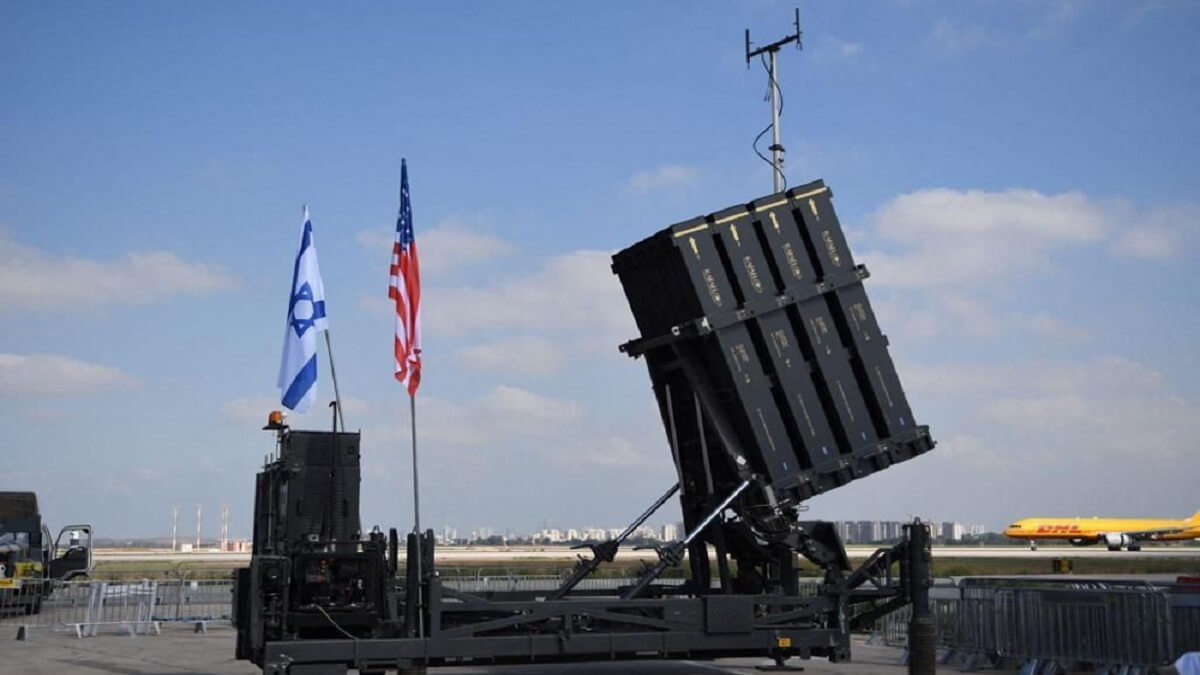
Esfahan is an important core of the Iranian nuclear conglomerate and was initially targeted by the Israeli attack. Although Iranian media have not reported any direct impact of the Israeli attack and the international global nuclear watchdog, the International Atomic Energy Agency (IAEA), has indicated that no nuclear sites were damaged.
The province of Esfahan is home to several nuclear facilities, a large air base and a major missile production complex. The semi-official Iranian news agency Fars, which is close to the elite Iranian army's Islamic Revolutionary Guards Corps (IRGC), said explosions were heard near Esfahan's international airport and a military base in the same city, activating local air defence systems.
Analysts have pointed out that the Israeli attack was rather limited and may have served as a warning to Iran, sending a message to the Ayatollahs' regime to be careful to avoid attacking Israeli territory again.
The Islamic Republic of Iran launched its military strike against Israel on Saturday, an exceptional event, after it suffered an Israeli air strike against the Persian Consulate in Syria on 1 April, which killed two Iranian generals, and after it issued serious warnings over the Gaza war launched by the Israeli army against the extremist Hamas group after the radical armed group attacked Israel on 7 October, an operation that left around 2,500 people dead.
Israel's ongoing military operation against the Gaza Strip has already claimed tens of thousands of casualties and a diplomatic formula is being sought to stop the armed conflict between Israel and Hamas, through the mediation of countries such as the United States, Qatar and Egypt.

Threat of escalation in the Israel-Iran conflict
The Middle East region and the world are on tenterhooks as to what might happen in the Israel-Iran dispute. International diplomatic activity is intense in an attempt to de-escalate tensions and bring peace to the region. And to end the ongoing war in Gaza.
The Islamic Republic of Iran is seen by many analysts as a destabilising element in the region. Moreover, the regime of the ayatollahs has been further isolated lately following the diplomatic ties established by several Arab countries such as the United Arab Emirates, Bahrain and Morocco with Israel in the wake of the US-sponsored Abraham Accords. These pacts seek to pacify the Middle East and promote regional development. Saudi Arabia, the main standard-bearer of the Sunni branch of Islam, as opposed to the Shia branch represented by Iran, has also been very close to this diplomatic trend, although it has not yet effectively joined the Abraham Accords. A scenario that has further isolated Iran and other like-minded Shia groups operating in the area.
Many are now looking to the military capabilities of both nations in the face of a possible larger-scale armed conflict. In this regard, Reuters and other media outlets such as Al Ain News have analysed the capabilities of both nations' air forces and air defence systems.
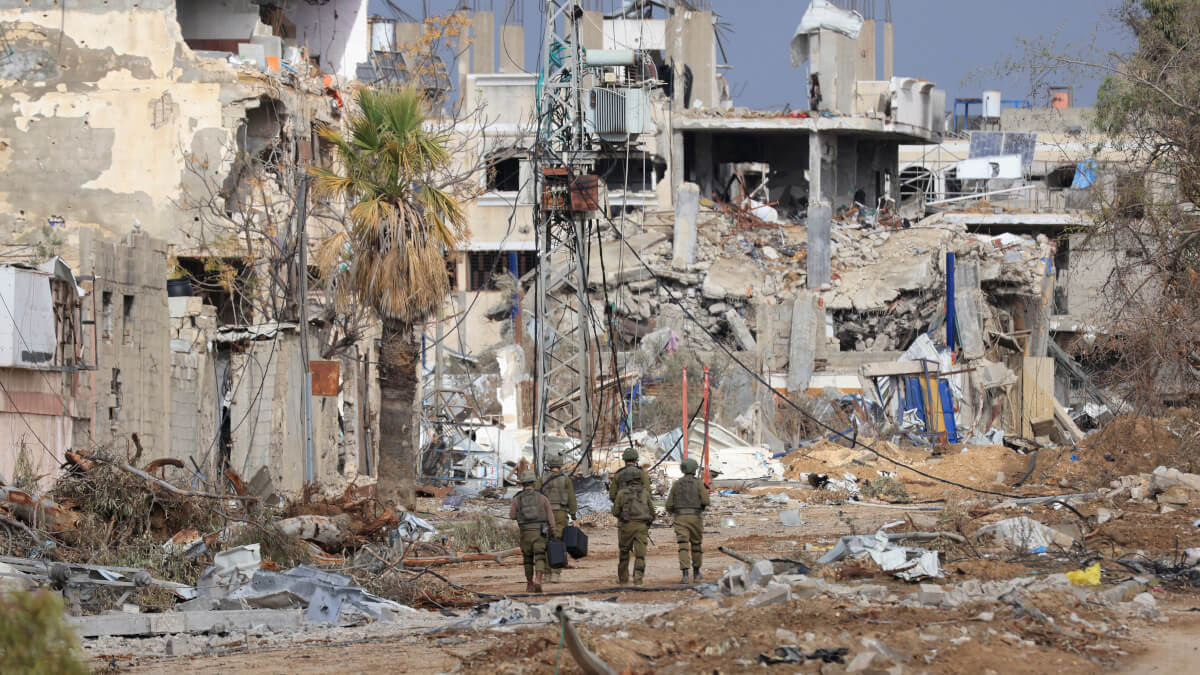
On the Iranian side, the Iranian Air Force includes 37,000 troops. Iran lacks high-tech military equipment due to international sanctions, according to the International Institute for Strategic Studies in London. Its air force has only a few dozen operational attack aircraft, with Russian planes and old US models that the country acquired before the Islamic Revolution in 1979. Tehran has a squadron of nine F-4 and F-5 fighter jets, as well as another squadron of Russian-made Sukhoi-24s and several MiG-29s, F7s and F14s.
In addition, the Iranians have drones designed to fly at targets and cause explosions. Analysts believe that the number of this drone arsenal does not exceed 10,000.
Iran possesses more than 3,500 surface-to-surface missiles, some of which carry warheads weighing half a tonne. But the number of these capable of attacking Israel may be smaller.
In the defence field, Iran relies on a combination of Russian and domestically produced surface-to-air missiles and air defence systems.
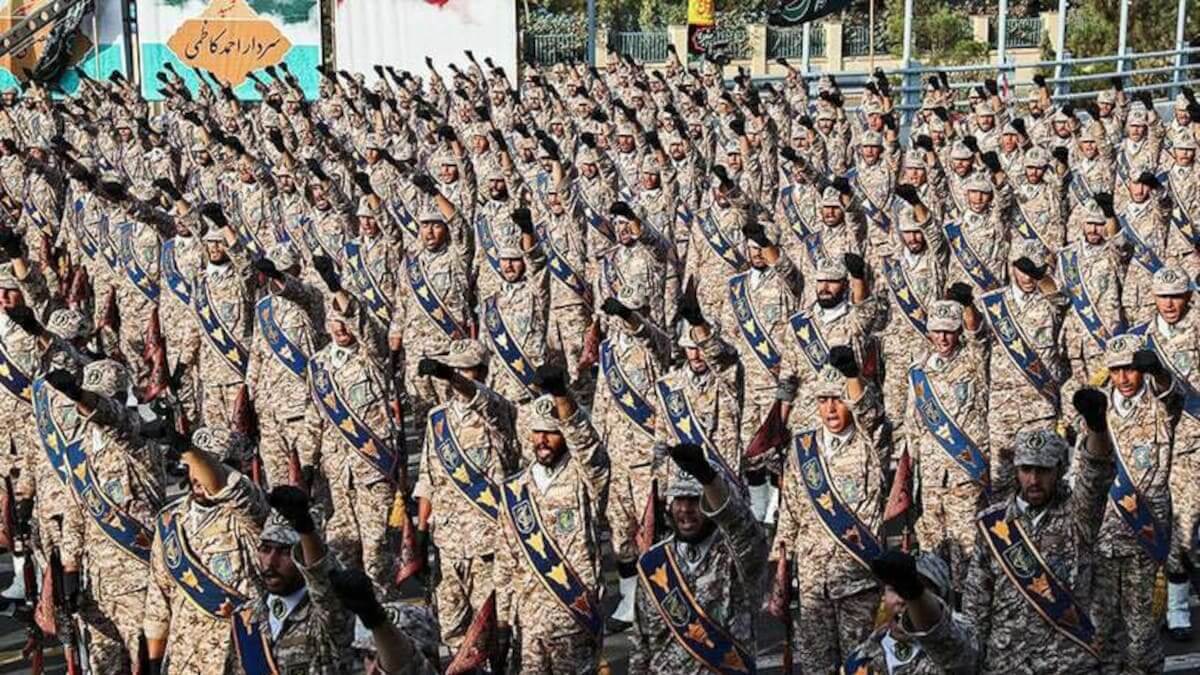
Tehran received shipments of Russia's S-300 anti-aircraft system in 2016, which are long-range surface-to-air missile systems capable of striking multiple targets simultaneously, including aircraft and ballistic missiles.
Iran has also developed the Power-373 surface-to-air missile platform, in addition to the Sayyad and Raad defence systems.
Meanwhile, Israel has advanced US-supplied air capabilities; with hundreds of F-15, F-16 and F-35 multi-role fighters. These models contributed to the downing of Iran's drone launches last Saturday.
The Israeli air force lacks long-range bombers. In addition, a smaller fleet of Boeing 707s has been modified and can be used as refuelling tankers to allow fighters to reach Iran on precision raids.
Israel has Heron drones capable of flying for more than 30 hours, enough for long-range operations.
The range of the Delilah missile is estimated at about 250 kilometres, far less than the width of the Gulf, but the air force can make up the difference by moving one of the missiles close to the Iranian border.
Israel may also have developed long-range surface-to-surface missiles, which is not yet confirmed.
A multi-layered air defence system, developed with US assistance after the 1991 Gulf War, provides Israel with several additional options for shooting down Iranian drones and long-range missiles.
The system capable of reaching higher altitudes is the Arrow-3, which can intercept ballistic missiles in space. Its predecessor, the Arrow-2, operates at lower altitudes.
The medium-range David's Sling system counters ballistic and cruise missiles.
Meanwhile, the short-range Iron Dome system is valid against rockets and mortars fired by Iranian-allied groups in Gaza and Lebanon. But it could also, in theory, be used against any more powerful missiles that evade the Arrow or David's Sling systems.
It is also worth noting that Israeli systems are designed to integrate with US interception systems in the region.

Economic consequences for Israel
The rating agency Standard & Poor's Global downgraded Israel's long-term rating from AA- to A+.
This downgrade of Israel's financial and economic rating comes in the wake of the escalating confrontation with Iran and heightened geopolitical risks in the Middle East region.
Standard & Poor's issued a statement saying that Israel's "deficit is expected to expand to 8% of GDP by 2024, mainly due to rising defence spending".
The current scenario points to an escalation of the war between Israel and Hamas and the confrontation with Hezbollah, an Iranian-friendly Shiite militia operating in Lebanon, which could have an even greater impact on the Israeli economy.
"We currently see several potential risks of military escalation, including a larger, longer and more direct military confrontation with Iran," the Standard & Poor's report said.


